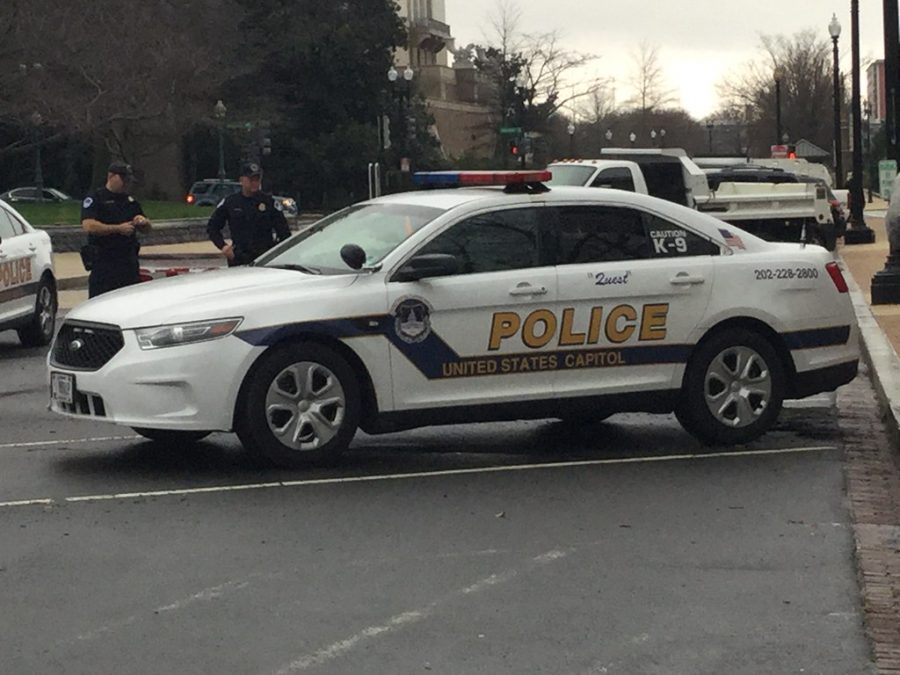A Case for Police Misconduct
The growing problem of the lack of police training.
When it comes to upholding the law and the well being of citizens, the police force is probably what first comes to mind. However, a growing number of cases the past decade have shown that police officers have become increasingly prone to injuring and even killing innocents. The cause? Experts say it’s a lack of training, a worrying prospect for the men and women charged with protecting America’s domestic security.
According to Bill Lewinski, the executive director of the Science Institute for the Illinois police force, officers today aren’t getting the proper training they need to handle stressful situations including a firearm. Additionally, the process only provides an illusion to the trainees that they know the proper procedure for handling the weapons, and that training is not adequate by today’s standards.
The training also doesn’t measure skill and decision-making on the streets where these incidents happen, and on top of that, most officers only train with their guns once or twice a year in order to meet minimal proficiency. There are no federal standards for these tests either, so the quality differs across the country. Since 2012, there have been at least 1400 cases where firearms were unintentionally discharged, but no one can be sure since these cases aren’t actually tracked due to the large amount of law enforcement agencies.
However, tragic cases of accidental shootings can also be attributed to on-the-job stress, or mishaps in the heat of the moment. Adrenaline rushes and muscle twitches may result in some officers accidentally pulling the trigger, and may even disrupt an officer’s sense of time, hearing, and sight. Still, the root problem is negligence, according to Doug Tangen, the firearms manager of Washington’s state police training center. He says that negligence can be further traced to the violation of one of the four universal rules of firearm use in law enforcement; assuming all guns are loaded, keeping your finger off the trigger, pointing the barrel in a safe direction, and being sure of your target and things behind it.
A potential way to reduce these accidental shootings is to increase the training time for police cadets, according to some law enforcement experts. The difference in firearm training time is apparent across several states; for example, Georgia only requires 40 hours of training, Missouri requires 66, and Washington requires 90.
Many officers are also expected to remember large chunks of information at once, rather than in coordinated lessons, causing lack of retainment. Jason Wuestenberg, executive director of the National Law Enforcement Firearms Instructors Association, claims that even though training reform will require money, it will actually save it in the long run, preventing costly lawsuits from occurring, as well as saving lives in the process.


